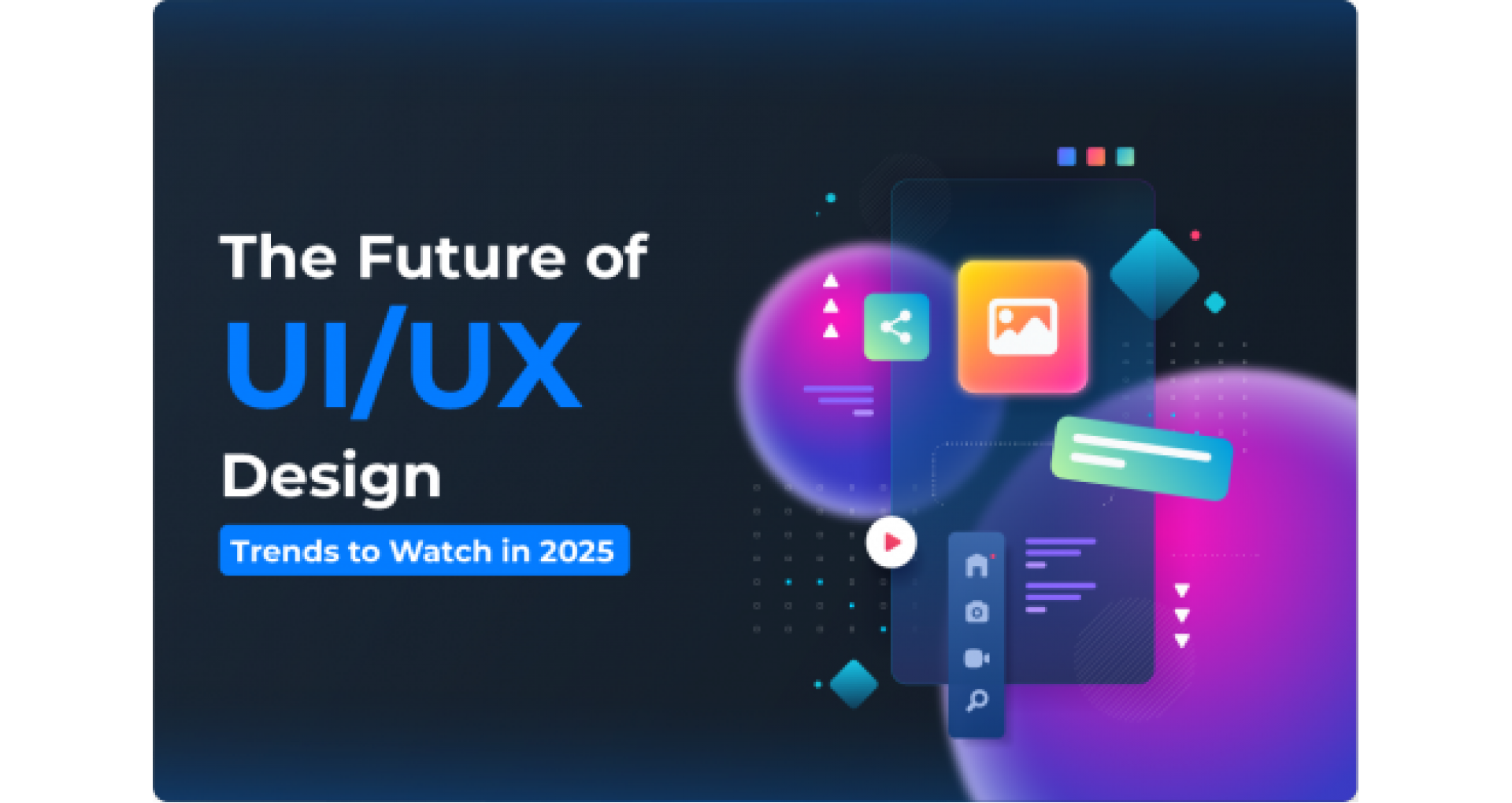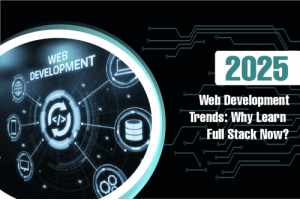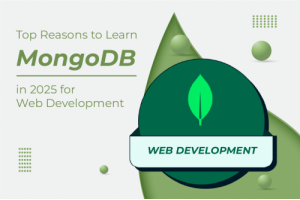
The Future of UI/UX Design: Trends to Watch in 2025
The digital world is changing fast, and 2025 is shaping up to be a game-changer for user experience UX design and user interface design. Whether you're a UI designer, one of many graphic designers transitioning into UX, or learning UI/UX fundamentals, these trends will reshape how UX designers work and approach product design. Here are the key developments that will define digital interactions this year.
AI-Powered Personalization
Artificial intelligence is revolutionizing user research and creating interfaces that adapt to each user in real-time. Through continuous understanding user behavior patterns, AI eliminates traditional pain points by personalizing experiences. Instead of one-size-fits-all approaches, mobile apps and websites now learn from user interactions and customize themselves accordingly. Your favorite shopping site might rearrange its layout based on what you usually buy, or your work dashboard could highlight the tools you use most.
This advancement helps solve users problems more effectively while improving information architecture. The best AI implementations feel helpful, not creepy. They enhance your experience while respecting your privacy.
Voice and Conversational Interfaces
Voice technology has evolved beyond basic commands, fundamentally changing how UX and UI work together. Modern conversational interfaces understand context and emotion, making interactions feel more natural. The future combines voice with visual elements, letting you start tasks by speaking and finish them with touch.
This evolution requires both UI designers and UX professionals to reconsider traditional design principles. Understanding user preferences for voice interactions becomes crucial when designing mobile apps and other digital products.
Sustainable and Ethical Design
Environmental consciousness is reshaping product design priorities and core design principles. Sustainable UX focuses on efficient code and reduced data consumption to minimize environmental impact. This approach needs careful user research. It helps find which features solve user problems and which ones add confusion.
Meanwhile, ethical design eliminates manipulative features in favor of transparent, user-friendly experiences. The industry is changing from asking, "Can we build this?" to "Should we build this?" This shift impacts how UX designers work on all platforms.
Immersive Technologies Go Mainstream
Virtual and augmented reality are finding practical applications beyond gaming. Spatial computing blends digital content with physical environments, requiring designers to think in three dimensions.
The most successful immersive experiences feel so natural that users forget they're using VR or AR technology.
Micro-Interactions and Emotional Design
Small details create big emotional connections. A button can show personality. A fun loading animation can keep users entertained. A good transition can make users feel confident and supported.
Emotional outcomes are becoming as important as traditional usability metrics.
Accessibility as Standard Practice
Universal design is now a fundamental requirement, not an afterthought. Inclusive design benefits everyone by creating more intuitive interfaces. Advanced accessibility features like improved screen reader support and adaptive interfaces are becoming standard.
The business case is clear: inclusive design expands your market reach.
Personalized Data Visualization
Complex data is becoming more accessible through personalized visualization. Instead of generic dashboards, intelligent systems learn how you best process information and adapt accordingly. Interactive storytelling makes data more engaging while maintaining accuracy.
Cross-Platform Intelligence
Multi-device experiences are getting smarter, with interfaces that adapt across platforms while maintaining consistency. Progressive enhancement ensures core functionality works everywhere while maximizing capabilities on premium devices.
What This Means for You
These trends represent a shift toward more human-centered product design. Success in 2025 requires continuous learning UX methodologies, robust user research practices, and always putting understanding user needs first. For those learning UX or moving from graphic design to UX roles, it is important to solve user problems. You can achieve this by focusing on good information architecture and basic user interface design.



